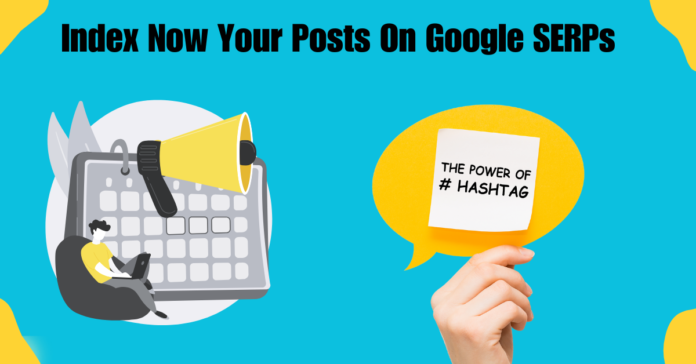Search Engine Optimization (SEO) is a crucial aspect of content creation, especially for bloggers looking to increase their visibility and attract more traffic from search engines like Google. By optimizing your blog posts, you can improve your chances of ranking higher in search engine results pages (SERPs), which can lead to more clicks, readers, and potential revenue. Here’s a comprehensive guide on how to optimize your blog posts for SEO.
1. Conduct Thorough Keyword Research
Before you even begin writing, performing keyword research to identify the terms and phrases your target audience is searching for is essential. This step is foundational because it informs the content of your blog post and ensures that you’re targeting topics with actual search demand. Use tools and strategies to find long-tail keywords that are less competitive but still relevant to your audience.
2. Understand Search Intent
Google’s primary goal is to provide users with the most relevant content for their search queries. To align with this, analyze the top-ranking pages for your target keyword and understand the search intent behind them. This involves looking at the three Cs: content type, format, and angle.
3. Plan Your Content Structure
Before writing, think about the message of your post and how you will present it. A clear structure with an introduction, body, and conclusion helps readers and search engines understand your content. Use headings and subheadings (H1, H2, H3) to break up the text and include your target keyword in at least one subheading.
4. Write Readable and Engaging Content

Your blog posts should be easy to read and engaging. Use short paragraphs, transition words, and related keywords to flow the content naturally. Avoid keyword stuffing, an outdated practice that can harm your SEO efforts.
5. Optimize Your Title and Meta Descriptions
Craft a compelling title tag that includes your target keyword. It is crucial to influence whether a searcher clicks on your post. Meta descriptions are also important; they should concisely summarize your content and include relevant keywords.
6. Use Internal and External Links
Linking to other relevant content on your blog helps distribute page authority and keeps readers engaged. External links to authoritative sites can also boost your credibility and SEO. Remember to use descriptive anchor text for all links.
7. Optimize for Featured Snippets
Featured snippets provide quick answers and can significantly increase your visibility in search results. To optimize for these, structure your content in a way that directly answers common questions related to your topic.
8. Consider the Length of Your Article
The length of your article should be optimized to cover the topic comprehensively without being unnecessarily long. There’s no one-size-fits-all answer, but provide value and answer the user’s query fully.
9. Regularly Update Your Blog
Adding content regularly signals to search engines that your site is active and provides fresh content, which can help with rankings. It’s also an opportunity to target new keywords and engage your audience.
10. Use SEO Plugins and Tools
SEO plugins, like Yoast SEO for WordPress, can guide you through the optimization process and ensure you’re taking all critical steps. Additionally, tools like Google Search Console can help you monitor your site’s performance and identify areas for improvement.
11. Optimize for Page Speed and Mobile
Ensure your blog loads quickly and is mobile-friendly. Page speed is a ranking factor, and a responsive design is essential with the increasing number of users browsing on mobile devices.
12. Create a Sitemap and Use Short URLs
A sitemap helps search engines crawl and index your posts more effectively. Also, consider using short, descriptive URLs, as they can correlate with higher rankings.
13. Avoid Duplicate Content
Be cautious with category and tag pages, which can create duplicate content issues. Instead, focus on creating unique and valuable content for each post.
14. Leverage Visual Content
Remember to underestimate the power of visual content. Google Images is a significant search engine that includes relevant images and optimizes its alt text.
15. Get Feedback Before Publishing
Let others read your post to catch potential errors and provide feedback on clarity and engagement. It can also help ensure your content is accessible to a broader audience.
Conclusion
By following these tips, you can optimize your blog posts for SEO and improve your chances of ranking higher in search results. Remember that SEO is an ongoing process, and staying up-to-date with the latest best practices is key to maintaining and improving your blog’s performance.


